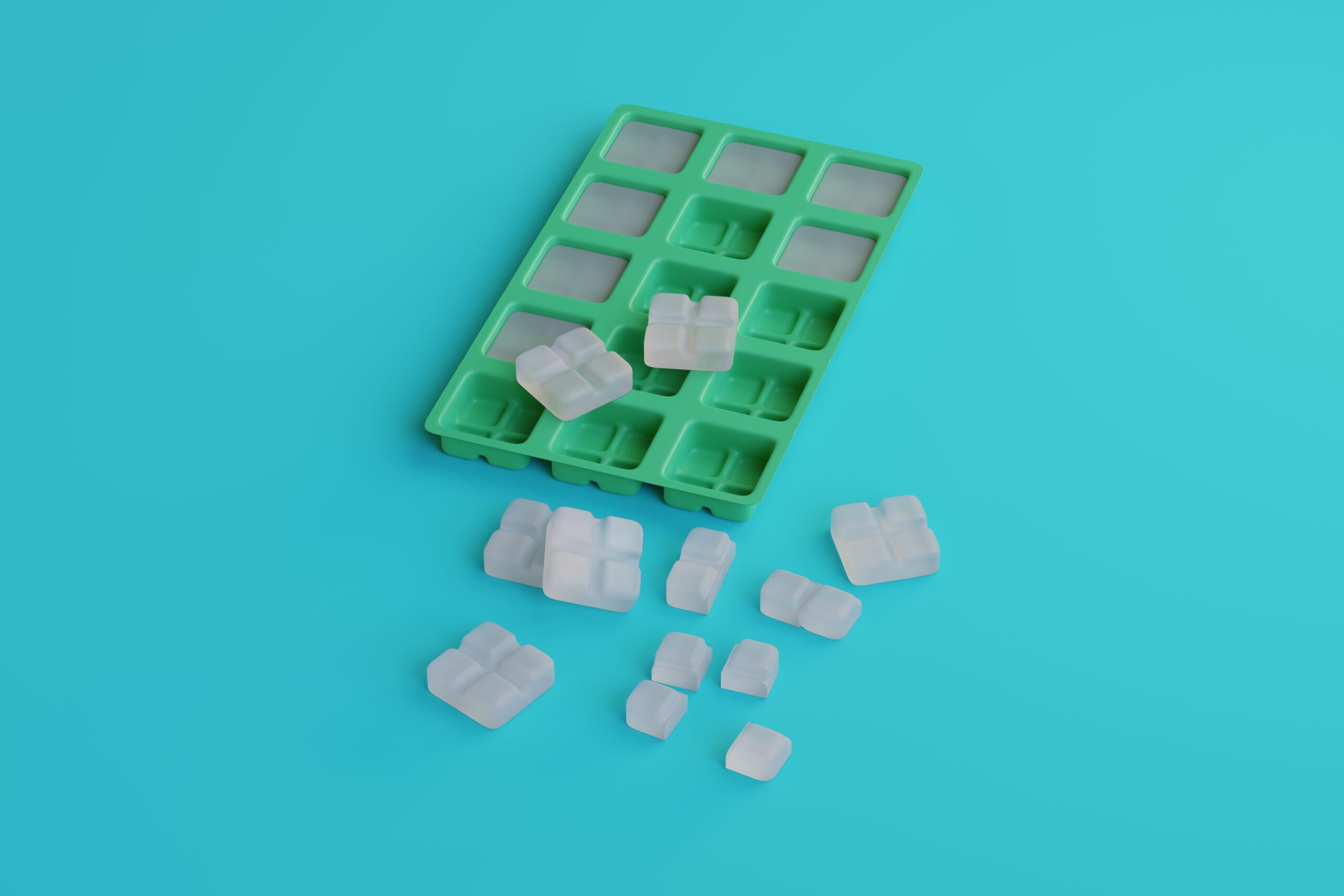Ketamine Therapy
Ketamine therapy has garnered increasing attention as an innovative treatment for a variety of mental health and chronic pain conditions. Initially known as a surgical anesthetic and sometimes mischaracterized due to its recreational use, ketamine has emerged as a game-changer in psychiatric care. This guide will introduce you to ketamine therapy, how it works, its uses, and the different methods of administering ketamine, with a special focus on sublingual and oral treatments.
What is Ketamine?
Ketamine is a dissociative anesthetic developed in the 1960s, primarily used for anesthesia during surgery. In recent years, researchers have discovered that at lower doses, it has rapid and transformative effects on the brain, particularly in treating depression, anxiety, PTSD, and chronic pain conditions.
Ketamine works differently from traditional antidepressants or pain medications. Unlike selective serotonin reuptake inhibitors (SSRIs), which can take weeks or even months to show effects, ketamine acts quickly, often delivering results within hours or days. This makes it an attractive option for individuals suffering from severe or treatment-resistant conditions who need immediate relief.
How Does Ketamine Work?
At a molecular level, ketamine functions as an N-methyl-D-aspartate (NMDA) receptor antagonist. By blocking these receptors in the brain, it influences the neurotransmitter glutamate, which plays a vital role in synaptic plasticity, mood regulation, and cognitive function.
Here’s a breakdown of ketamine’s mechanism of action:
- Glutamate Regulation: Ketamine increases the production of glutamate, which triggers a cascade of changes in neural circuits. This leads to the strengthening of synaptic connections in the brain, contributing to improved mood and cognition.
- Anti-Inflammatory Effects: Some studies suggest that ketamine may reduce brain inflammation, which is linked to depression and other psychiatric conditions.
- Neuroplasticity: Ketamine promotes the growth of new connections between neurons, essentially allowing the brain to “re-wire” itself. This process is thought to help alleviate symptoms of depression, anxiety, and PTSD.
Different Forms of Ketamine Therapy
Ketamine can be administered in a variety of ways, each with unique benefits and limitations. The method of administration can influence the onset, duration, and intensity of the treatment’s effects. Here’s a closer look at the most common forms:

1. Intravenous (IV) Infusions
Intravenous (IV) ketamine is the most widely used and researched form of administration. During an IV session, the patient receives a controlled dose of ketamine through a drip over a period of about 40 minutes to an hour. This method allows for precise control over the dose and its effects.
Advantages:
Rapid onset of effects, usually within minutes. Ideal for patients needing immediate relief, particularly those with suicidal ideation or severe depression.
Disadvantages:
Requires a clinical setting with medical supervision. IV therapy can be costly and time-consuming.

2. Intramuscular (IM) Injections
With intramuscular (IM) ketamine, the medication is injected directly into the muscle, typically in the arm or thigh. The onset is slightly slower than IV administration but still relatively fast.
Advantages:
More accessible than IV infusions, with fewer equipment requirements. A single injection can still provide effective relief.
Disadvantages
Limited control over the dose once it’s administered, and the effects may be less predictable compared to IV.

3. Nasal Spray (Esketamine)
Esketamine, a derivative of ketamine, is administered via a nasal spray. This form of ketamine therapy is FDA-approved for treatment-resistant depression and is usually given in conjunction with an oral antidepressant.
Advantages:
Can be administered in a clinical setting or sometimes at home (under supervision). The effects are relatively fast and convenient.
Disadvantages
Nasal administration may cause side effects like dizziness or nausea. The dosage is less precise than IV or IM methods.

4. Sublingual Ketamine
Sublingual therapy is becoming increasingly popular due to its convenience and ease of use. In this method, patients take ketamine in the form of a lozenge (sublingual) that dissolves in the mouth or is swallowed. The ketamine is absorbed through the mucous membranes in the mouth (sublingually).
When ketamine is taken sublingually, the lozenge is placed under the tongue, where it dissolves and is absorbed into the bloodstream. Sublingual ketamine typically takes about 15 to 30 minutes to begin working, with effects lasting for a few hours.
Advantages:
More accessible than IV infusions, with fewer equipment requirements. A single injection can still provide effective relief.
Disadvantages
Limited control over the dose once it’s administered, and the effects may be less predictable compared to IV.

5. Oral Ketamine
Oral ketamine pills work through the digestive system, which means the effects take longer to manifest. Typically, patients may start feeling the effects after about 30 minutes to an hour. The duration of relief is also longer, often lasting several hours.
Advantages:
Oral ketamine offers a slow, steady release of the drug, making it ideal for people who prefer more gradual, long-lasting effects. It is also one of the more affordable options for patients.
Disadvantages:
- Because the ketamine has to pass through the liver before reaching the bloodstream, the effects are less intense and less predictable than IV or sublingual methods. Some of the potency is lost through this “first-pass metabolism.
Get In Touch
Call
(412) 484-5055
info@reviveketamine.com
Fax
(412) 802-1109
Address
Suite 106, 116 E. Pittsburgh Street, Greensburg, Pennsylvania, 15601

